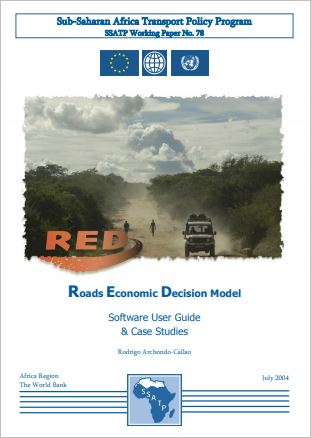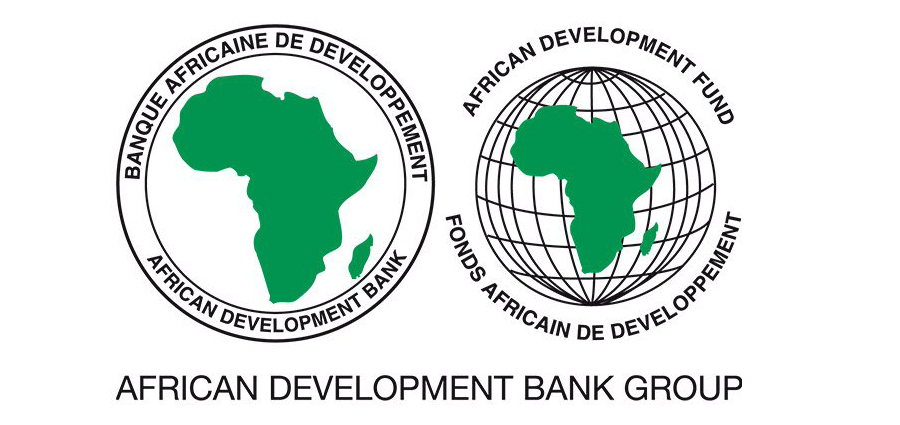Roads Economic Decision (RED) Model: Software User Guide & Case Studies
Rodrigo Archondo-Callao

This manual presents the Roads Economic Decision Model (RED) developed to improve the decision-making process for the development and maintenance of low-volume rural roads. The model performs an economic evaluation of road investments options using the consumer surplus approach and is customized to the characteristics and needs of low-volume roads such as the high uncertainty of the assessment of the model inputs, particularly the traffic and condition of unpaved roads, the importance of vehicle speeds for model validation, the need for a comprehensive analysis of generated and induced traffic, and the need to clearly define all accrued benefits. RED computes benefits for normal, generated, induced, and diverted traffic, and takes into account changes in road length, condition, geometry, type, accidents, and days per year when the passage of vehicles is further disrupted by a highly deteriorated road condition (wet season). Users can add to the analysis other benefits, such as non-motorized traffic, social services and environmental impacts, if computed separately. The model is presented on a series of Excel 2000 workbooks that collect all user inputs, present the results on an efficient manner and performs sensitivity, switching values and risk analyses.







